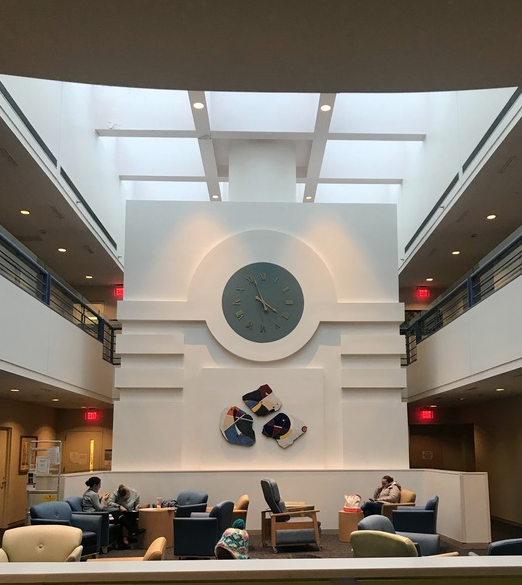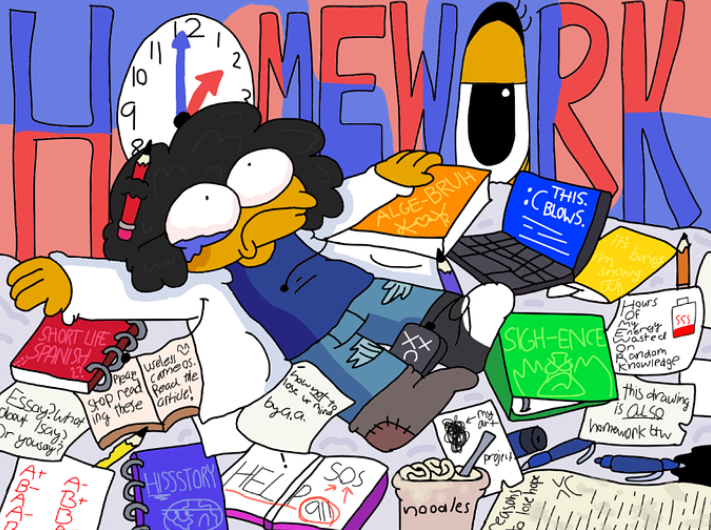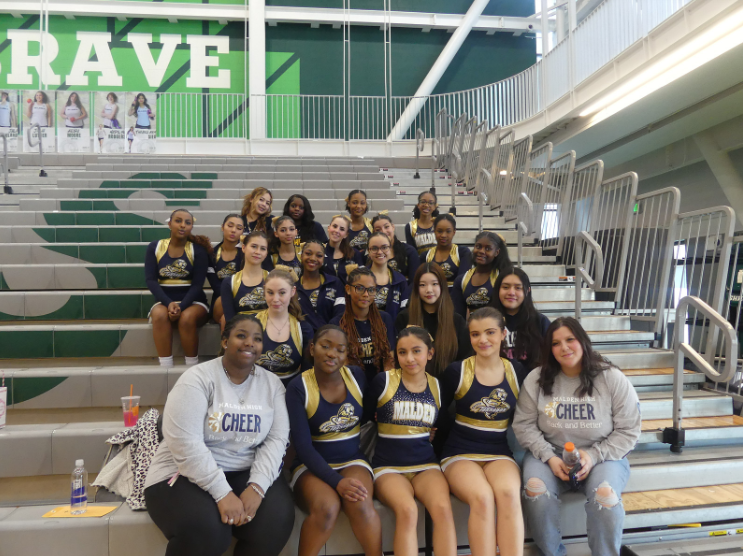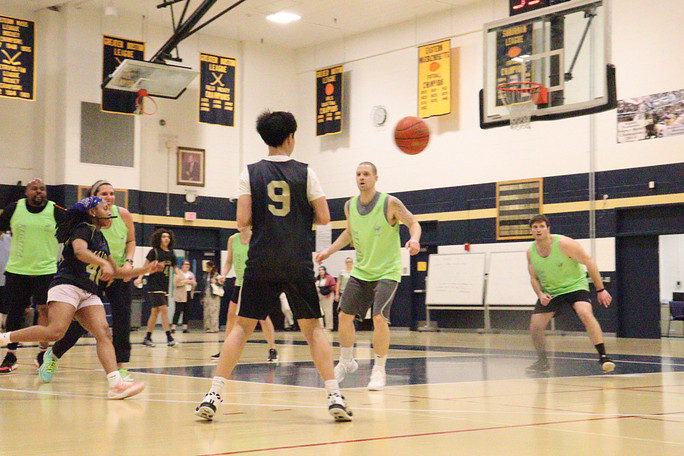
The waiting area of Boston Children's Hospital's Chronic Pain Clinic. Photo by Stefany Foley.
Hey! My name is Stefany and I have been sick and in and out of hospitals since I was 8. I have quite a few different diseases, three of the biggest ones are complex regional pain syndrome (CRPS), neurofibromatosis and chronic migraines. My CRPS often causes me to be unable to walk for months and my chronic migraines are very debilitating. This is a little look into what being a high school senior and a 17 year old girl going through all of this is like.
So, how exactly is someone in a wheelchair or someone with non-visible disabilities viewed by society? Well, let’s just say it’s not all rainbows and sunshine.
When I first was diagnosed with CRPS, I was not able to walk. Now this was not because something was wrong with my legs like they were broken or the nerves stopped working, but it was because the pain was so severe I could not even have a sock on, never mind stand or walk. While I then work on getting better again, I am left in a wheelchair.
So, how exactly does being in the wheelchair impact how people look and act around me? Well, being in a wheelchair is not the most subtle change you can make to your appearance and people definitely notice. Everyone starts trying to be super nice and they sort of treat me like an adorable five year old and not like a teenager who is going to be starting her adult life soon. People also like to act like I am unable to do anything on my own, and or am incapable of being independent. Almost as if I am a fragile glass doll ready to shatter at any moment.

Overall, when you are in a wheelchair you get a ton of unwanted attention and people get awkward and are not really sure how to act around you even though you are just a normal human being going through life just like everyone else, with wheels or not.
Now the whole non-visible disabilities thing is a whole other level of awkwardness and confusion. When I am in my wheelchair, people love asking me questions about why and what happened, but they never question the legitimacy of it. And if I am in my awkward stage of no wheelchair or crutches (in which case I still can not use stairs), I am constantly being badgered with “Why are you walking like that?,” “Why do you need the elevator?,” or “What’s wrong with you?” and let me just say that it’s not cool! I know it’s confusing because unlike a broken bone, there is nothing visible indicating that I am sick or injured, but seeing is not believing.
People with non-visible disabilities face judgments and constant questions of their legitimacy 24/7. As someone with CRPS, chronic migraines and NF1 (all non-visible disabilities), I understand what it’s like to have people second guess you and not understand the severity of what you are going through because they can’t see it. However, as someone who has lived through the rehabs, hospitalizations, and intense physical, behavioral and occupational therapy, I can assure you that it is all true and just because you can not see it or because we are trying to put on a smile and be as normal as we can be, does not mean it is not there or not real.
I am going to quote one of my favorite celebrities really quickly and I want you to think about how simple this is: “Treat people with kindness” – Harry Styles. You never know what other people are going through, you don’t know what is going on behind closed doors, you don’t know what others are feeling and facing everyday, so treat people with kindness. Go out of your way to brighten someone else’s day and sprinkle a little joy; I promise you it costs nothing and that little extra light can really help someone. In the end, just try not to judge others and be as kind as can be!








This is a great article Stefany! I myself deal with a chronic back issue. There are a lot of days when the pain is so unbearable, I can barely walk. I usually use a mobility scooter on these days and get a lot of looks when I use it out in public. It is often tough to deal with the stares. Thank you for sharing your story.